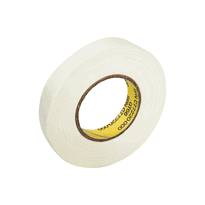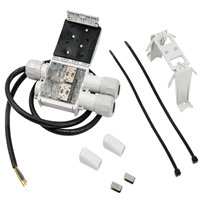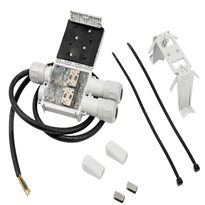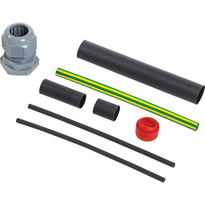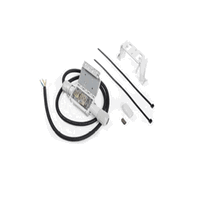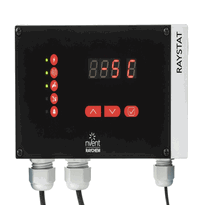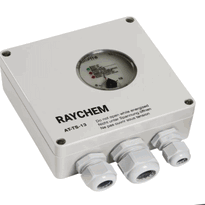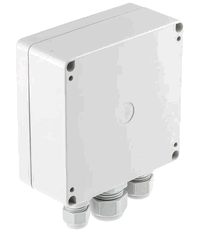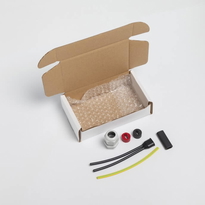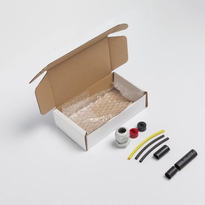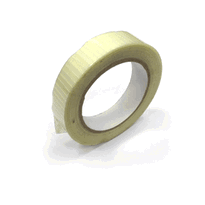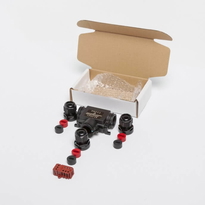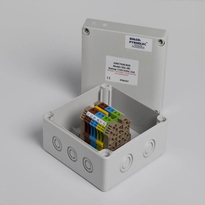Inline Heat Tape
Inline heat tape comprises flexible, self-regulating electric cables designed for direct installation onto pipes or surfaces to prevent freezing, sustain process temperatures, or deliver targeted heat. Constructed from industrial-grade materials, it features water-resistant jackets and adaptive technology to ensure safety and efficiency. Proper selection involves considering environmental factors, power requirements, and temperature ratings. Correct installation and regular inspections are essential to maintain reliability and safety. For comprehensive guidance and specific applications, seeking further information will enhance your understanding.
Understanding the Design and Materials of Inline Heat Tape
Inline heat tape is designed to be inserted directly into water supply or process pipes, providing effective freeze protection by maintaining the internal temperature of the pipe above the freezing point. These systems typically utilise industrial-grade, flexible heat trace cables that are specially engineered for easy installation along long or curved piping routes.
The cables incorporate self-regulating technology, allowing them to automatically adjust their power output according to the pipe’s temperature. This not only optimizes energy efficiency but also helps prevent overheating, ensuring safe operation over time.
Materials used in the construction of inline heat tapes are highly durable. Their outer jackets are resistant to water immersion, extreme cold temperatures, and mechanical impacts, making them suitable for challenging environmental conditions. Their self-regulating technology further enhances safety and efficiency, making them suitable for continuous operation in UK conditions.
The core insulation and robust connection components are designed to ensure safety, reliability, and long-term performance, protecting against moisture ingress and electrical faults.
The overall design emphasizes efficient heat distribution, safety, and ease of installation. These features make inline heat tapes a practical solution for preventing pipe freezing, suitable for a variety of piping systems across commercial and industrial settings in the UK.
Key Applications Across Industries
Inline heat tapes play a vital role across a variety of industries by providing dependable temperature regulation for different piping systems and equipment. In water supply networks, they help prevent pipes from freezing in municipal, well, and lake sources, ensuring an unobstructed flow and safeguarding pipes from damage, especially in cases where pipes may be dry at times, such as sump pump lines. Their effectiveness can be enhanced when used alongside soundproofing materials, which help control noise generated by equipment and prevent vibrations.
In industrial environments, they're used to heat gases such as argon, helium, and nitrogen, supporting essential processes including welding, electronics manufacturing, and liquid propulsion.
Construction projects also benefit from heat tapes, which provide indirect heat to steam and gases, offering flexibility and efficiency in heating installations. Additionally, they help maintain consistent temperatures in process water, drain lines, and vent pipes, preventing freezing and ensuring uninterrupted operation.
Their adaptability enhances safety, efficiency, and reliability across a broad spectrum of industrial applications.
How to Choose the Right Heat Tape for Your Needs
Selecting the appropriate heat tape requires a thorough understanding of the specific conditions and requirements of your environment. To ensure optimal performance, consider these factors:
1. Type and Temperature Rating
Choose the heat tape type—such as self-regulating or silicone rubber—based on the exposure levels and maximum temperatures it will encounter. Ensure that it can withstand continuous or intermittent heat up to relevant classifications like T3, to prevent damage and maintain efficiency.
2. Power Output and Heating Capacity
Calculate your heating needs carefully. This involves assessing the heat loss from the pipe or surface and selecting a watt density of at least 5 W/m² for metal pipes at around 65°C. Balancing energy efficiency with sufficient heat output is essential for effective and reliable operation.
3. Environmental and Chemical Resistance
Select tapes with suitable resistance to moisture, chemicals, and mechanical wear, such as extruded silicone or fluoropolymer-coated options. This is particularly important when the installation is outdoors or in challenging conditions, ensuring longevity and safety.
Proper insulation of the heat tape can also help prevent heat loss and improve safety by protecting against environmental factors.
An accurate assessment of these factors will help guarantee a safe, efficient, and durable heating system tailored to your specific requirements.
Installation Best Practices and Safety Tips
Proper installation of heat trace tape is crucial for ensuring safety, efficiency, and the durability of the heating system. It involves thorough surface preparation, correct attachment procedures, and adherence to electrical and insulation standards relevant to the UK. The pipe surface must be clean, dry, and free of debris, with a careful inspection for damage before installation. Heat trace tape should be securely fixed directly onto the pipe using compatible fixing tapes, primarily on the lower quadrants of horizontal pipes to ensure even heat distribution. Utilize appropriate connection kits, and consider installing controllers to manage the temperature effectively. Cover the entire setup with suitable thermal insulation, avoiding excessively thick layers that could compromise safety or functionality. Key safety practices include preventing tape overlaps, conducting regular inspections for damage or wear, and avoiding concealed installations where maintenance access is limited. Correct electrical wiring and proper grounding are essential to prevent electrical hazards and ensure the safety of the system. Proper adherence to these guidelines will help optimize system performance and longevity while maintaining safe operation standards in UK installations. In addition, following local wiring regulations and standards is essential to meet legal safety requirements.
Comparing Inline Heat Tape to Other Heating Solutions
Compared to other heating solutions, inline heat tape generally offers higher power densities, meaning it can provide more heat output per metre of length. This makes it suitable for applications requiring rapid or intense heating.
1. Temperature Range: Heat tape can reach temperatures of up to 150°C, with specialized versions surpassing 760°C, making them suitable for high-heat applications. In comparison, heating cables typically operate between 60°C to 260°C, primarily used for freeze prevention or surface heating.
2. Application Environment: Heat tape performs well indoors and on conductive surfaces. However, it offers limited resistance to moisture and harsh environmental conditions. Whereas heating cables are often designed to withstand outdoor exposure, chemical agents, and water ingress, making them more suitable for challenging environments. Utilizing materials with antimicrobial technology, such as bioCote, can enhance safety and hygiene in environments where heat tape is used.
3. Safety and Regulation: Standard heat tape lacks self-regulating features and continuous temperature control mechanisms. This can raise the risk of overheating if not properly managed. Conversely, self-regulating cables adjust their heat output in response to temperature variations, providing safer, adaptive heating solutions tailored to the specific requirements of the installation.
Additionally, heat tape's flexibility allows it to conform to various shapes, but it often requires precise installation to ensure safety and effectiveness. Implementing proper installation procedures and product testing helps maintain safety standards when using heat tape.
In summary, inline heat tape’s high power density makes it an effective choice for applications demanding quick and intense heating. Still, considerations around environmental suitability and safety features are important when selecting the appropriate heating solution.
Conclusion
Choosing the appropriate inline heat tape requires careful consideration of materials, application environment, and safety standards. Proper installation, adherence to manufacturer instructions, and regular inspection are essential to ensure reliable performance and safety. Compared to alternative heating methods, heat tape offers direct, controllable, and energy-efficient solutions for pipe protection and surface heating. Understanding its design, applications, and best practises enables informed decision-making, optimizing durability and safety while maintaining system effectiveness across various industrial and residential contexts.








